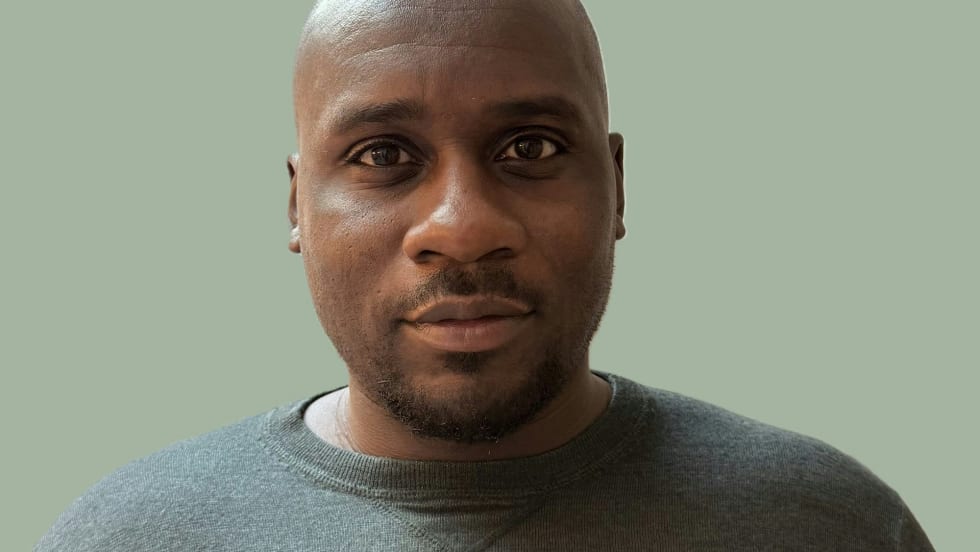In the profession of law enforcement, maintaining control during arrests holds paramount importance. The initial interaction between an officer and an arrestee can establish the tone for the entire encounter, significantly shaping its outcome. Regrettably, it has become all too common to witness numerous real-life videos wherein officers lose their initial control over an arrestee. This has, on occasion, resulted in the use of much greater force, such as implementing strikes, resorting to the baton, and, at times, even resorting to deadly force. It would be intriguing to determine whether the presence of proper and ongoing training for officers could yield different circumstances.
Officer Safety and Jiu-Jitsu
Brazilian Jiu-Jitsu techniques can help officers take control of arrestees and de-escalate incidents quickly, reducing the chance of injury to police and subjects.
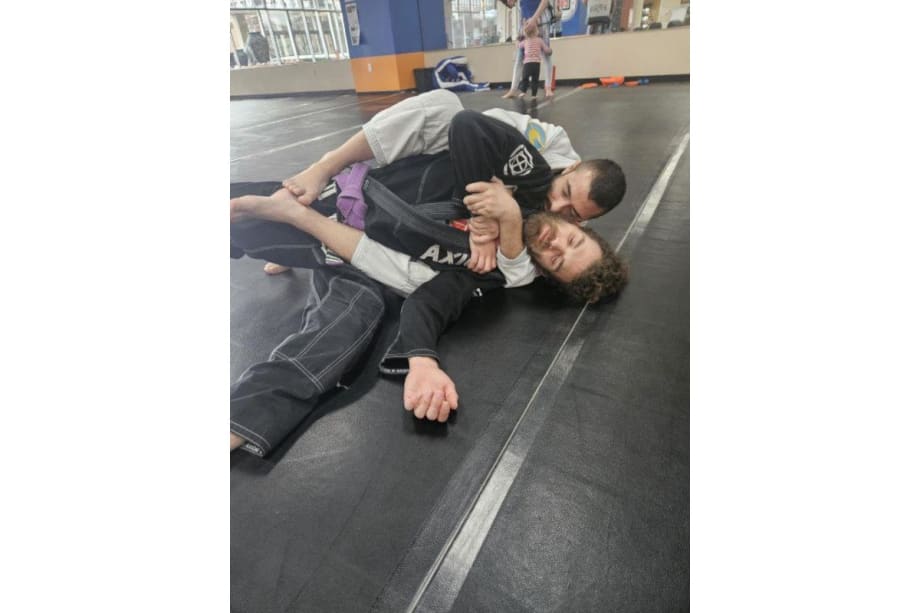
By establishing back control with the arrestee in the supine position, officers limit the arrestee's mobility and options, making it difficult for them to resist, access weapons, or attempt an escape.
Michael Schlosser
There also exists a multitude of real-life videos showcasing police encounters where officers trained in Jiu-jitsu were capable of effectively controlling highly volatile resisting subjects without resorting to excessive force. Sadly, the vast majority of officers receive only initial physical combat training at the police academy and are fortunate to receive just four hours of annual control tactics training.
Officer Safety and Arrestee Control
Officers undergo comprehensive training to approach arrest situations with the utmost caution, understanding that establishing control is imperative from the outset. This involves maintaining a safe distance, ensuring adequate backup, and being prepared for a range of scenarios, including potential resistance. Nevertheless, despite this training, there are occasions when initial control escapes their grasp, necessitating the use of higher levels of force.
In addition to physical techniques, effective verbal communication skills are a cornerstone of an officer's toolkit during arrests. Officers should adeptly convey their intentions in a clear and composed manner, elucidating the rationale behind the arrest and issuing lawful commands. This approach often serves to de-escalate the situation, fostering voluntary compliance and reducing the necessity for physical force.
The Practicality of Jiu-Jitsu
In recent years, it has become evident that Brazilian Jiu-Jitsu (jiu-jitsu) is one of the most practical martial arts for controlling resisting arrestees. Jiu-jitsu equips officers with the skills to control individuals using proper techniques and with less effort than many other martial arts. The art's focus on ground control, grappling, and submission holds has proven invaluable in real-world situations.
Key Techniques for Officer Proficiency
Officers who incorporate jiu-jitsu training into their skillset should initially focus on mastering several fundamental techniques that are particularly valuable in arrest control. Do not attempt these without proper training. And make sure they are within your agency’s policies and comply with local laws before using them.
Top Mount Control: Top mount control is a dominant position where the officer sits on the chest or upper torso of the arrestee, effectively immobilizing them. In this position, the officer's legs straddle the arrestee's body, and the officer's weight makes it difficult for the arrestee to move or resist. This control position is advantageous because it not only restricts the arrestee's movements but also limits their ability to access weapons or continue to resist. Officers can use jiu-jitsu techniques to maintain balance and control while keeping constant pressure on the arrestee.
Side Control: Side control is another position in which the officer maintains dominance over the arrestee. In this position, the officer secures the arrestee on their back, controlling their upper body and limbs. By controlling the suspect's arms and preventing them from turning or escaping, the officer can effectively control the situation while reducing the risk of harm to both parties. Jiu-jitsu techniques in side control often involve pinning the suspect's shoulders and applying pressure to maintain control and prevent escapes or attacks.
Back Control with Arrestee in Prone Position: Back control is considered one of the most advantageous positions in jiu-jitsu, and it can be highly effective for law enforcement officers as well. When an officer establishes back control, they gain a significant advantage because it limits the arrestee's mobility and options. In this position, the officer is typically behind the arrestee, with their legs wrapped around the suspect's waist and their arms controlling the arrestee's upper body. This position makes it extremely challenging for the arrestee to resist, reach for weapons, or escape. Officers trained in jiu-jitsu can use techniques like the rear naked chokehold to further immobilize and control the arrestee without causing significant harm.
Back Control with the arrestee in the supine position: Back control with the arrestee in the supine position is also a strategically advantageous position for law enforcement officers. In this scenario, the officer positions themselves behind the arrestee, typically with their legs controlling the subject's lower body and their arms managing the upper body. By establishing this control, officers limit the arrestee's mobility and options, making it difficult for them to resist, access weapons, or attempt an escape. Officers trained in jiu-jitsu can utilize techniques such as joint locks or positional control to further immobilize and control the arrestee without resorting to excessive force. This position is highly effective in ensuring officer safety and detainee compliance during an arrest.
Access to Jiu-Jitsu Training
Traditionally, officers had to seek out jiu-jitsu schools and practice on their own time. However, a positive trend is emerging as more law enforcement agencies recognize the benefits of jiu-jitsu training. Many departments are now providing or financially supporting their officers' jiu-jitsu training. Additionally, numerous jiu-jitsu schools offer police discounts, or even free classes with programs like the Adopt-a-Cop program, making access even more feasible.
One of the most effective solutions is to mandate jiu-jitsu training within police departments on a regular basis. Regular jiu-jitsu training sessions can help officers maintain and improve their skills in arrest control and de-escalation. It ensures that officers are well-prepared to handle resistance while minimizing the potential for excessive force or injuries.
In the dynamic work environment of law enforcement officers where the stakes are high and every encounter is fraught with potential risks, the significance of maintaining control during arrests cannot be overstated. Law enforcement officers are entrusted with the formidable responsibility of ensuring public safety while upholding the law.
The initial moments of an encounter between an officer and an arrestee set the stage for what follows. While officers receive extensive training to navigate these situations, instances where initial control is lost and greater force becomes necessary are regrettably common. Jiu-jitsu, with its emphasis on practicality and efficiency, equips officers with the tools to control resisting arrestees effectively. Its focus on ground control, grappling, and submission holds has proven invaluable in real-world scenarios.
Access to jiu-jitsu training is becoming increasingly available to law enforcement officers. Many agencies now recognize its benefits and provide support for their officers to acquire these vital skills. The incorporation of Brazilian Jiu-Jitsu training into the law enforcement toolkit has the potential to redefine the way officers approach arrest situations. By fostering a culture of continuous learning and control, we can strive for a safer and more secure society where the actions of law enforcement officers are guided by the principles of proportionality and restraint. This manuscript has shed light on the path towards a future where arrests are carried out with greater effectiveness, officer safety is paramount, and community trust is strengthened.
Michael Schlosser, PhD, is retired director of the University of Illinois Police Training Institute. He is a retired police lieutenant with the Rantoul (Illinois) Police Department. Schlosser has been teaching use of force and control and arrest tactics for more than 25 years.
Michael Stoller is owner and lead instructor at CU Jiu Jujitsu in Urbana, Illinois. He is a brown belt with degrees in athletic training, nursing, and kinesiology. Stoller is an active competitor, most notably taking third place at the No-Gi World Championships in 2021.
More Training

How One Police Department Cut Crime by 46% with Smarter Patrol Management
Discover how one police department cut crime nearly in half using smarter patrol data. This whitepaper breaks down the real-world strategy behind a 46% drop in vehicle thefts, improved officer safety, and stronger community visibility.
Read More →
When Do You Transport a Wounded Officer Instead of Waiting for EMS?
Thumbnail for video series POLICE Topics, Tactics & Tips with a yellow headline that reads When Do You Transport a Wounded Officer Instead of Waiting for EMS?
Read More →
Coffee Break with Police Experts: Using Your Patrol Vehicle for Cover
In this video, hear from Dustin Mowery, a product specialist at Team Wendy, as he discusses how to best use a patrol vehicle for cover.
Read More →
Using Patrol Vehicles for Cover
While a patrol vehicle offers some cover protection when taking fire, remain mobile and don’t stick to one piece of cover indefinitely. Dustin Mowery, of Team Wendy, shares what he teaches about using vehicles as cover.
Read More →
San Francisco Police Recruit Dies in Training
Recruit Officer Jon-Marques Psalms, 30, reportedly suffered a medical emergency after completing a training exercise on Wednesday August 20, 2025, at the Academy.
Read More →
POLICE and Flock Safety Present Webinar on Combining LPR with Real-Time Video
The webinar titled “Beyond the Plate: Real-Time Video Intelligence for Police Operations” will show how pairing LPR data with live camera feeds delivers faster, safer, and more coordinated responses on everything from stolen vehicles to active BOLOs.
Read More →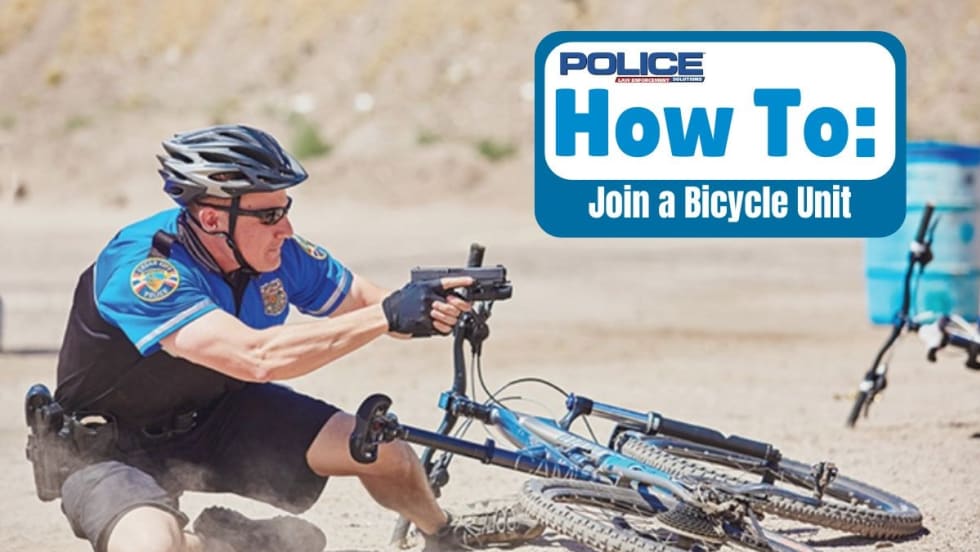
How to Join a Bicycle Unit
A great bicycle officer has a strong service mentality, paramount knowledge of laws, a thirst for new knowledge, and someone who can adapt to change easily. If this describes you, your agency's bicycle unit might be a good fit.
Read More →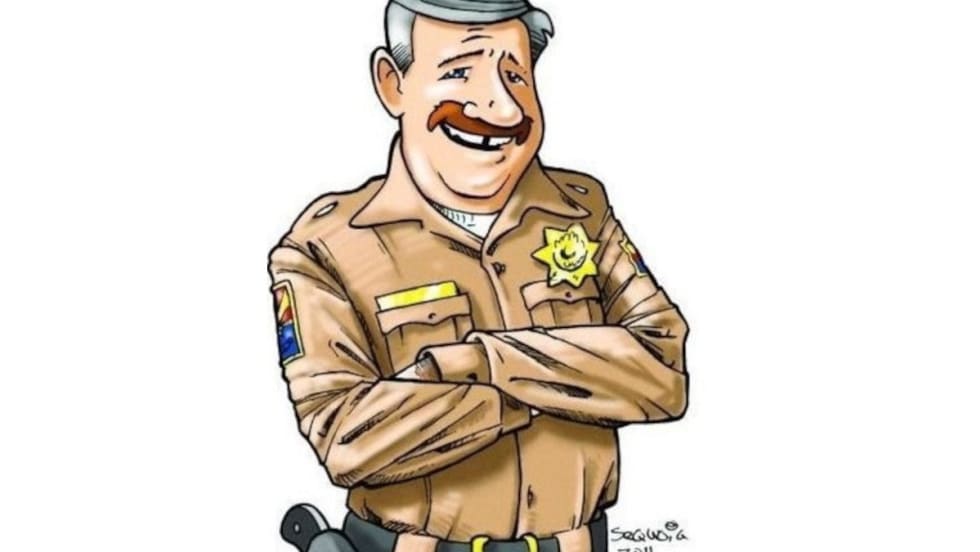
Dave Smith: Be Prepared for the Ultimate Contest
You need to train like an elite athlete for the life-and-death challenge you may some day face on the job.
Read More →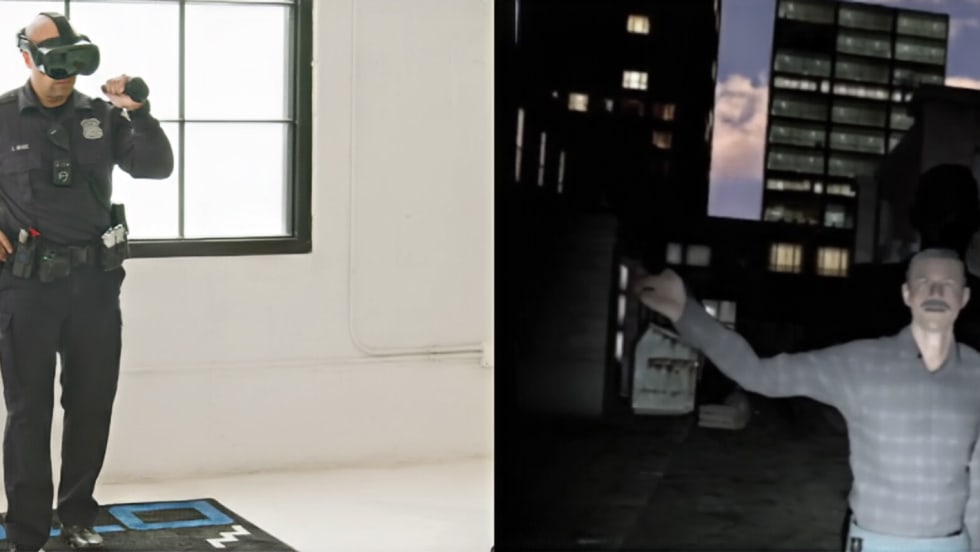
First Look: Adding AI to Simulator Training
The new artificial intelligence feature for MILO’s VR and Focus3D simulators gives trainees a chance to practice and refine their communications skills while working scenarios.
Read More →

